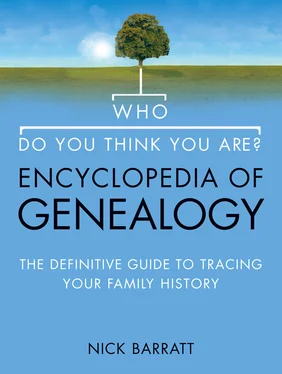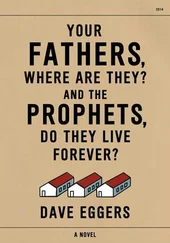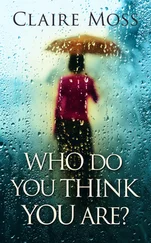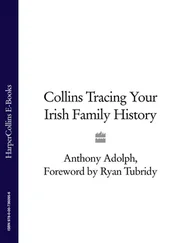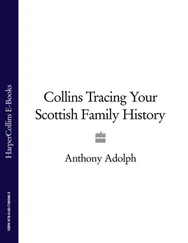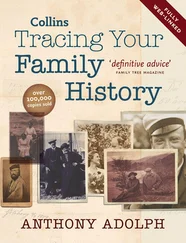Step Four: Avoiding Potential Pitfalls
Here are a few tips to help you avoid common mistakes, and make the most of the material at your disposal.
Visiting archives can sometimes be more physically demanding than you might think. The increase in the amount of material that has been digitalized and made available online is gradually changing the process of archival research, but you may still need to spend a proportion of your time on your feet or lifting heavy books and large documents. If you are not very robust you might want to consider taking a friend or relative along to help you out. Many documents are also stored as duplicate copies on microfilm or microfiche, which some people find difficult to read for long periods of time if they have poor eyesight. Many archives are aware of the difficulties faced by elderly visitors or those with special needs to cater for, and have invested in specially designed computers for people with poor eyesight.
It might also be worth considering coming to an archive in old clothes. Many old documents are quite dirty, particularly ancient leather-bound tomes whose spines have decayed to an old, red powder that can make quite a mess on clean, white clothes! You should always wash your hands before and after visiting an archive, as you never know what old microbes you might have picked up from the documents during your visit.
‘It’s not unusual to find variant spellings of the same word, particularly personal and place names, in a single piece of text.’
If you are fortunate enough to be able to trace the history of your family back before 1733, you may well encounter difficulties interpreting relevant material, as the language of official documents was Latin. So material such as manorial court rolls – a highly important source for a family historian – will need translating, as will any official record of deeds or land transfers that were enrolled in the central courts. The exception to this is the Interregnum period (1649–60), when the Parliamentary regime decreed that all official documents should be written in English, and you will also find that some official documents were written in the English language before 1733.
Another potential problem will be that scribes tended to employ abbreviations when recording entries, so you will not necessarily be working from easily identifiable Latin words. Handwriting changed over the ages, and even if a document has been written in English it may be difficult to decipher. Official sources can be easier, as scribal technique – the way someone wrote a document – tended to change more slowly as writers adopted the handwriting of their predecessors. However, private hands varied widely, even within a relatively short period, often employing idiosyncratic shorthand techniques. Spellings also differed widely between authors, and it is not unusual to find variant spellings of the same word, particularly personal and place names, in a single piece of text. All of these problems can make interpreting documents difficult. However, there are ways to make documents seem less intimidating.
Most archives stock Latin dictionaries to help you translate key phrases, whilst there are similar publications to help you understand palaeography, which is the technical term used to describe the handwriting and abbreviations employed in the documents. Furthermore, there are specialist volumes written for family and local historians that provide translations and explanations of the formulae for the most commonly used documents that you will encounter. If you are still unsure, try selecting a similar document from the Interregnum period, which will be in English. Most documents follow standard patterns, with only the details of individuals and places altering. This will enable you to decide where you should be looking in the document for key phrases, and assist with translation. In addition, some local history societies provide transcriptions and translations of important document series, with the added advantage that they are usually indexed. These too can be used to aid interpretation of difficult original material.
Many archives and institutions have created resources online to help you to teach yourself Latin and palaeography. One of the best, since it’s linked to their own documents, is provided for free by The National Archives on their website at www.nationalarchives.gov.uk/ palaeography, and there is a site where ancient Scottish handwriting can be demystified at www.scottishhandwriting.com.
Not everyone is familiar with the way documents are dated. Many dates are given in the form of a Regnal year – the year is described in relation to the date the monarch ascended the throne and the number of years for which they had reigned, rather than the familiar reference to the number of years since the birth of Christ. For example, 20 Henry VIII covers the period 22 April 1528 to 21 April 1529 – the twentieth year of his reign, which began on 22 April 1509. Similarly, a large proportion of legal documentation also incorporates a legal term date – Michaelmas, Hilary, Easter or Trinity – which signifies a particular part of the year in which business was conducted.
… be prepared for pitfalls
1. Be aware that searching archives can be physically demanding and dirty work
2. Older official records will be in Latin, and often abbreviated Latin at that
3. Handwritten records can be hard to read and spellings can be erratic, especially of names
4. Documents may be dated using Regnal years, legal terms and saints’ days
5. Before 1752, years started in March, not January
6. Always bear in mind a document’s original purpose and context
Furthermore, you may come across dates such as 28 February 1700/01, which refer to the old-style dating technique employed by the Church following the Julian calendar, which started the New Year on 25 March, rather than on 1 January as we do today. The practice was dropped in 1752, the same year that the Gregorian calendar was adopted. The best guide to the many and varied ways of writing dates is Cheney’s Handbook of Dates , which provides tables giving Regnal years, Easter days and saints’ days, which were also used as ways of giving a date.
When looking at the material you have selected, it is very tempting to jump straight in to identify references to your family hidden within the pages. Understandable though this is, given all the procedures you’ve had to go through to get to this stage, it would be a mistake to launch straight in without first checking what you are looking at, and why. Before you can usefully extract information from a document, you will need to understand why that document was created in the first place, how it would have been used, and what message it contained at the time it was written. If you do not do this, then you may be taking the information it contains out of its historical context and therefore run the risk of misinterpreting it. After all, documents were not initially created for the purpose of helping family detectives locate their ancestors in the twenty-first century. The records might not easily lend themselves to modern research techniques – for example, indexes may not survive, or you may need to identify the property where people lived rather than the person themselves. For example, electoral lists are a great way of tracing people’s movements, particularly in the twentieth century; however, they are rarely indexed by surname and so you need to work out their place of residence, for example from a certificate of birth, marriage or death.
Читать дальше
